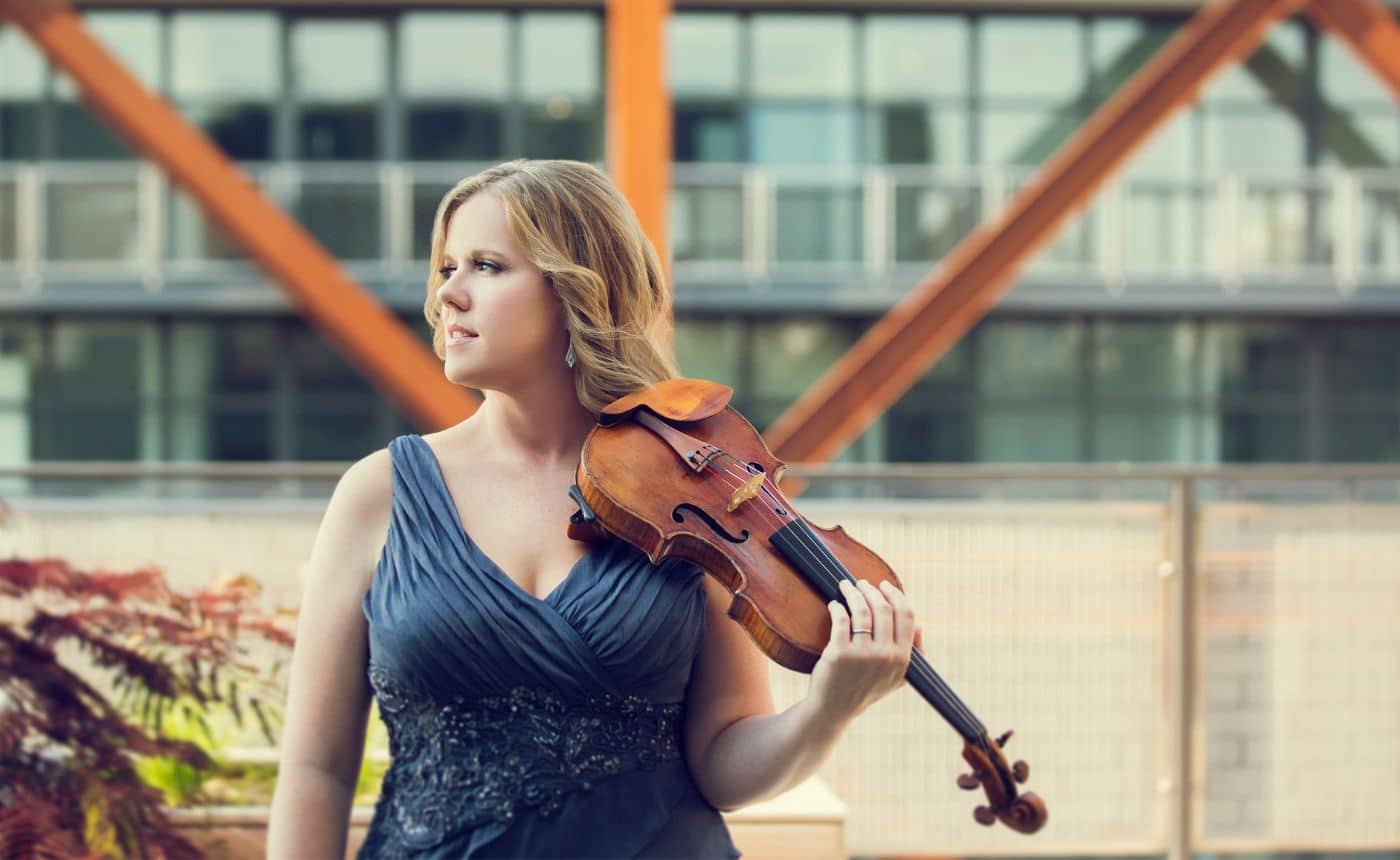Haydn – Symphony No. 96, “Miracle”
Joseph Haydn (1732 – 1809): Symphony No. 96, “Miracle”
Instrumentation: 2 flutes, 2 oboes, 2 bassoons; 2 horns, 2 trumpets; timpani; strings
Performance time: 21 minutes
Background
Joseph Haydn’s 104 symphonies comprise one of the high watermarks in musical composition. The sheer number staggers us, but it is easier to understand in the context of Haydn’s long, productive career and the extreme discipline with which he worked. Writing symphonies was one of the constants of his professional life, starting when he was hired as music director to Count Morzin, an aristocrat of the Austrian Empire, when he was 25 or 27 years old. He continued to compose symphonies until the end of his life. The last 12, known as the “London Symphonies,” are among his finest.
Good music was good business in London, and Haydn was a beloved figure there, known by reputation long before he actually set foot in England. He composed his Symphony No. 96 on his first trip to London, and although its number suggests that it was the fourth of his London symphonies (they run from 93 to 104), it was actually the first one he composed and the first to be performed.
Modern research has shed some light on the symphony’s nickname, which – unlike some – actually has some basis in fact, though history seems to have muddled the numbers a bit. The symphony was completed in 1791, when Haydn was 69, for performance at a hall in London’s trendy Hanover Square. According to legend, at the symphony’s premiere performance on March 11, a chandelier fell from the ceiling of the concert hall, and injuries were averted only because the enthusiastic audience was crowding the stage, out of the chandelier’s reach. The actual incident probably took place at the premiere of Haydn’s Symphony No. 102. (It was common for theatrical chandeliers of that era to be raised and lowered via hand-cranked pulley, raising the possibility of both human error and mechanical failure.)
What to Listen For
Like all his London symphonies, Haydn’s Symphony No. 96 presents him at his most confident and accomplished level of composition. In the first movement, a typically slow, deliberate introduction – marked adagio – is followed by an upbeat allegro. Two themes take shape, and though one takes a more prominent role in the movement’s development, their complex interplay shows Haydn’s deftness in handling the tools of sonata allegro form.
Throughout the symphony, Haydn’s scoring is light yet inventive and includes expressive writing for the winds, belying the composer’s famous deathbed remark – “What a shame, I was just learning to write for the winds.” All the principal wind players (as well as the two principal violinists) are featured in solo passages, and the oboist takes an eloquent, extended solo in third movement’s minuet.











